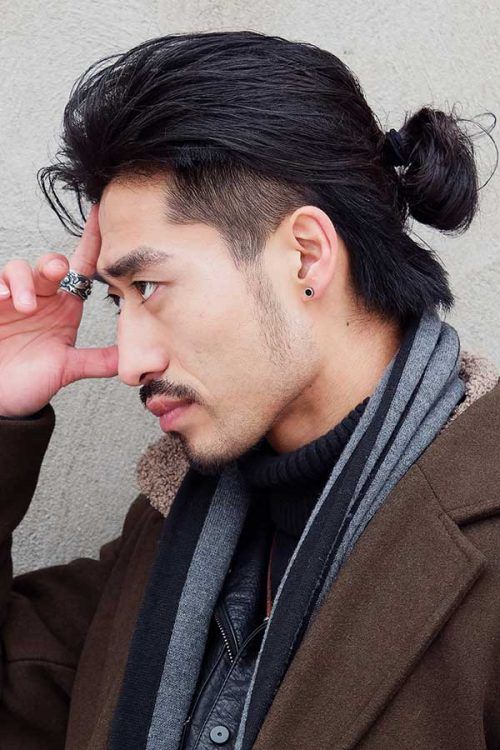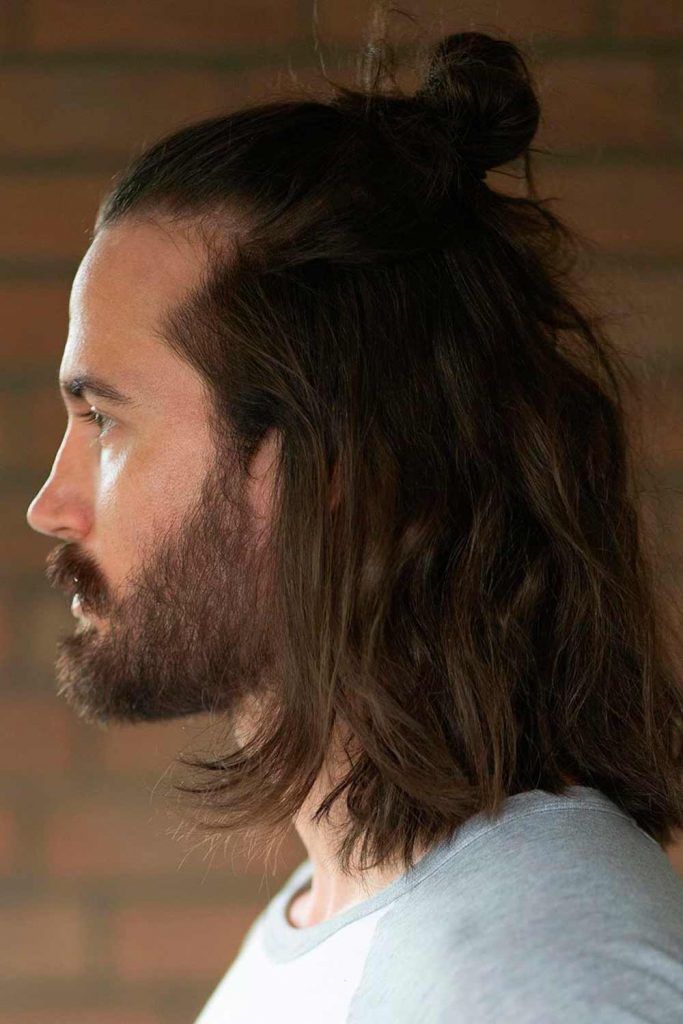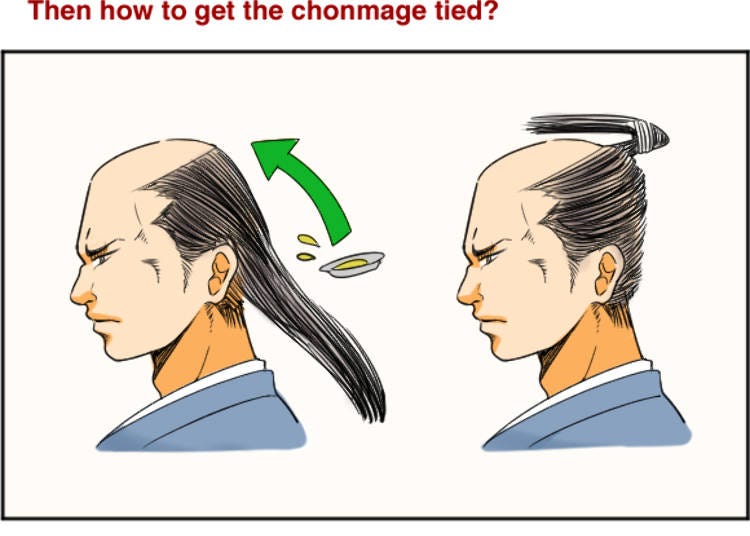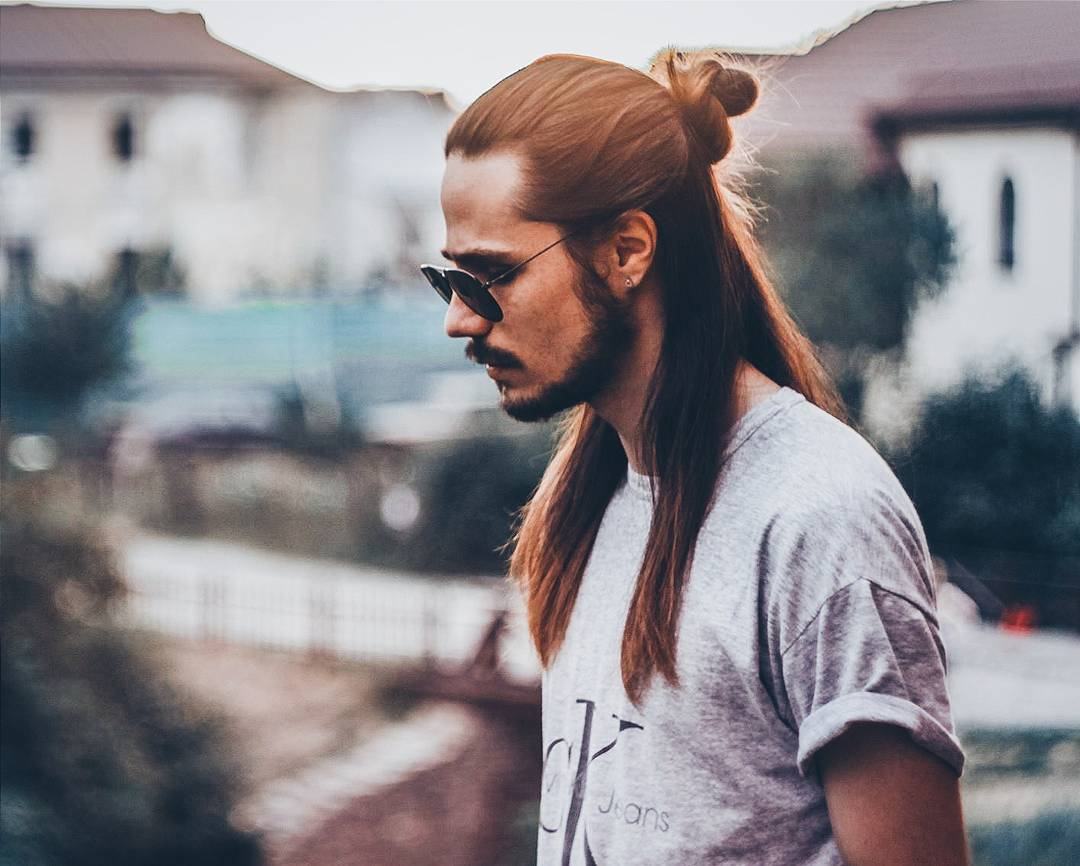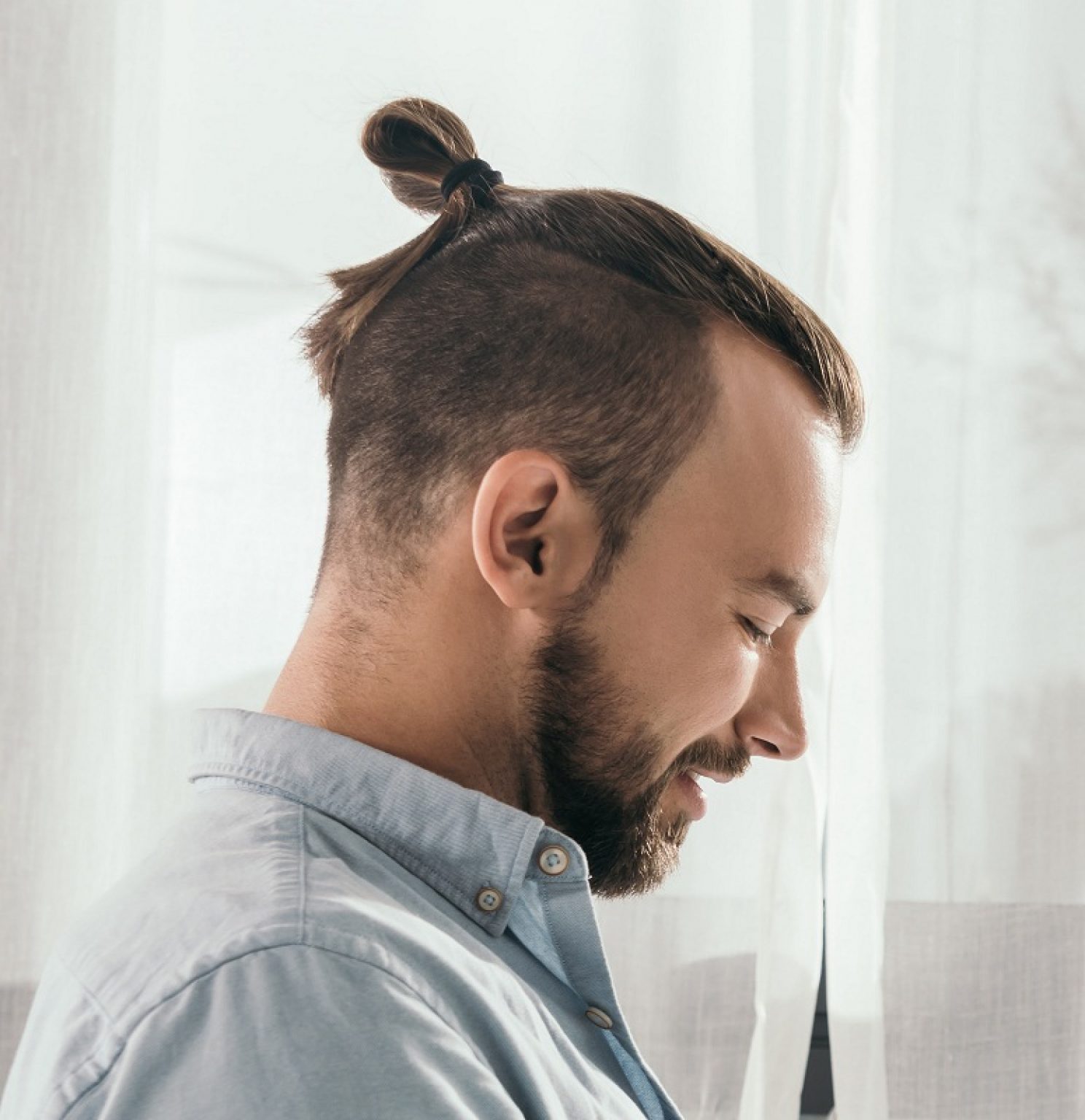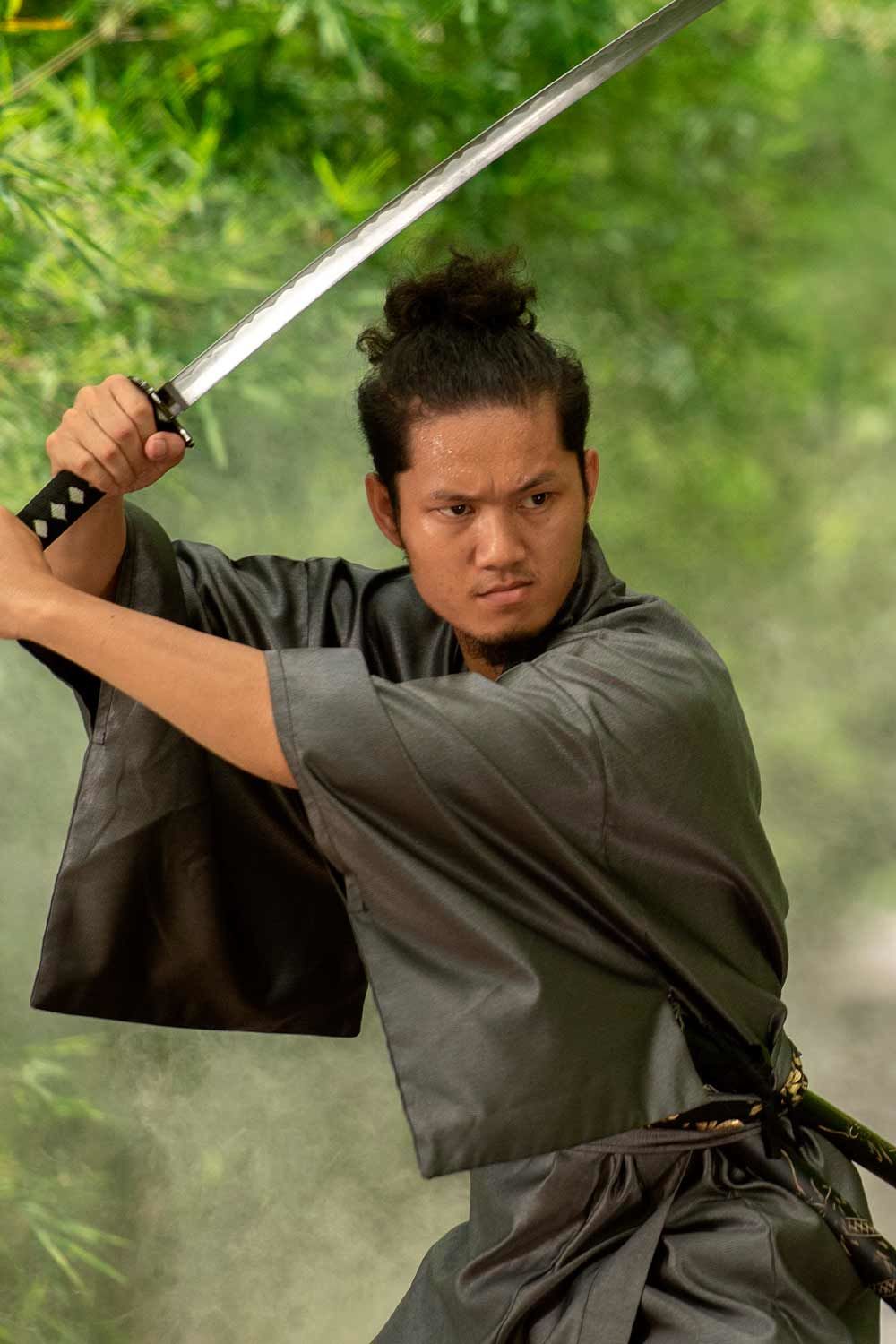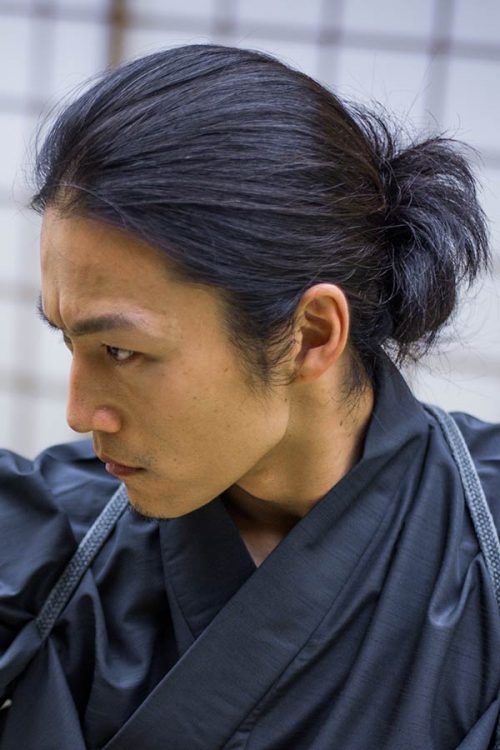Here’s A Quick Way To Solve A Info About How Did Samurai Tie Up Their Hair Apostolic Hairstyles For Long

Mage was tied by putting hair around it and the side which originally tapered off became a stick of same width with the other side.
How did samurai tie up their hair. The traditional hairstyle (for the better part of a thousand years) was the topknot, a fashion by no means exclusive to the samurai. The hair was well oiled and formed into a queue and folded forward on the head, then back again, and was tied in place. When crafting samurai hairstyles, the warrior code of bushido called for simplicity and elegance befitting the dignified classes.
Samurai, the noble warriors of feudal japan, also had their own distinctive hairstyle known as the chonmage. Tokoyama (hairdressers) the sumo top knot is the original man bun; It was used not only by women, but also by men in order to bundle hair.
But as they progressed into the zhou dynasty’s rule, hairstyles began to be more defined. The chonmage haircut was popular among samurais during the edo period due to its practicality when donning helmets worn by warriors. This hairstyle was not only a symbol of the samurai's status and rank but also served a practical purpose.
The hair gathered on the crown of the head is called mage, or topknot in english. 01:21 it seems to have come from how men would tie their hair up in a bundle when wearing kanmuri hats. Men were made to tie their hair in a bun.
The chonmage hairstyle was introduced in nara era, and only samurai warriors followed that. The traditional chonmage topknot tied back long hair securely for battle while displaying status, though some opted for the modest ronin style with the hair falling naturally. The original purpose of the topknot was to hold samurais' helmets securely in place during battle.
In the eyes of modern people, such a hairstyle is undoubtedly rather quirky, so why does japan have this kind of hair culture in the first place? Let's explore the origin of chonmage. During the shang dynasty, men were allowed to wear their hair loose and spread out.
It was originally a method of using hair to hold a samurai kabuto helmet steady atop the head in battle, and became a status symbol among. The ponytail is then folded into a knot chonmage on the shaven area. This elaborate hairstyle was not only a symbol of status and power but also played a practical role in.
This haircut shaves the hair on the front and top of one’s head and. Eventually, it changed from a tool to tie mage to hair ornamentation to be inserted into finished mage. This hairstyle involves shaving off all but one section on top which allowed them to ease putting on armor gear quickly before going out into battlefields.
But it was only during the asuka period (592 to 710) that chonmage became popular in japanese culture. In japan, during the edo period, the traditional haircut was called the chonmage, which meant the top of the head was nearly all shaven except for a cluster of hair tied up in a knot. As a symbol of their status, samurais were required to wear distinctive hairstyles that set them apart from the rest of society.
When did the samurai haircut appear? Given the total range of citizens expected to shave their pates and oil their hair into a bun, the hair tie was probably closely related to the social and economic status of the individual. History and function of chonmage.
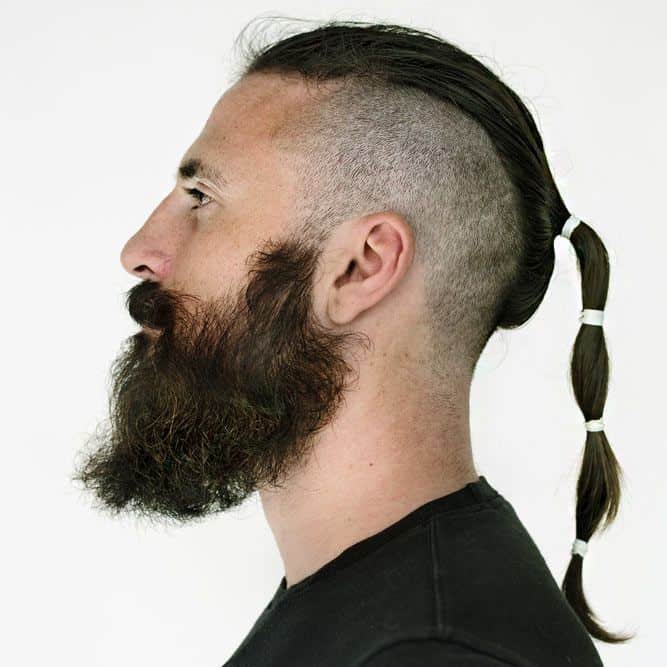
![70 Best Ideas for Samurai's Hair a Warrior in 2021]](https://machohairstyles.com/wp-content/uploads/2017/03/samurai-hairstyle-for-guys-1.jpg)
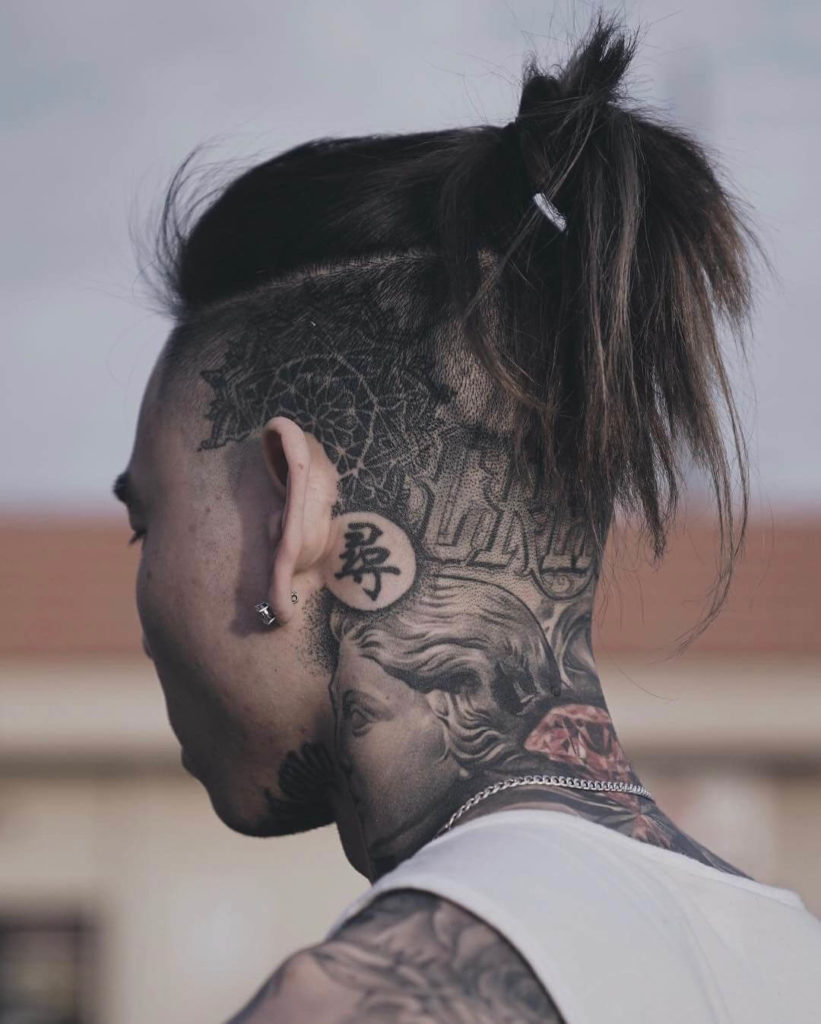
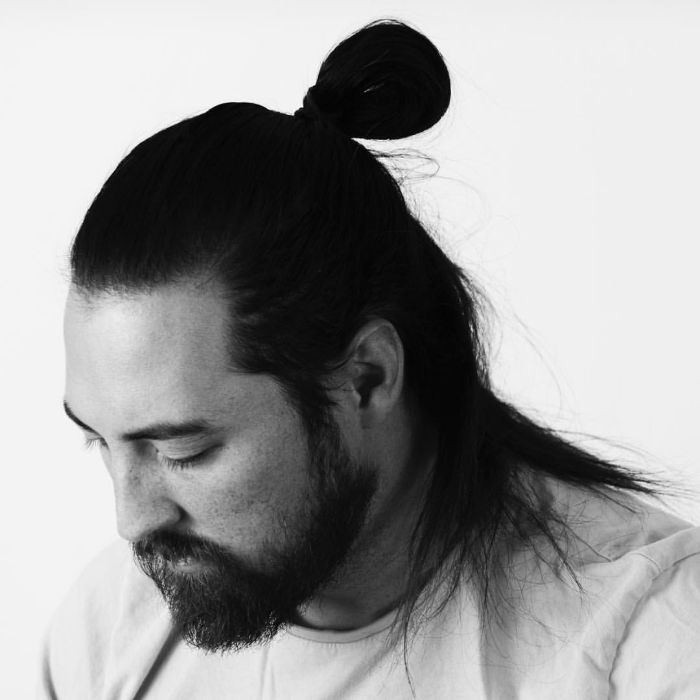



![40 Stylish Samurai Hairstyles for Men [2024 Style Guide]](https://nextluxury.com/wp-content/uploads/long-samurai-mens-hair-ideas.jpg)

